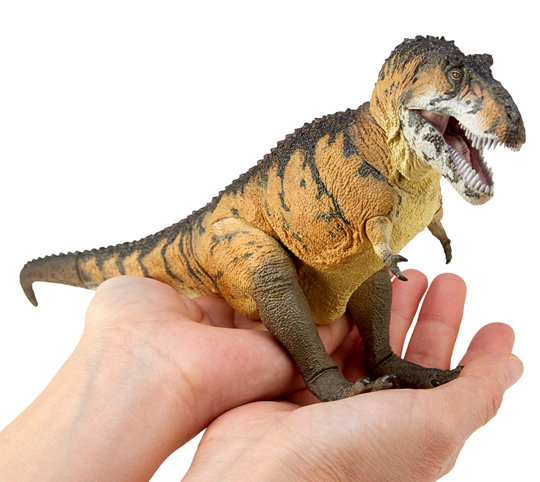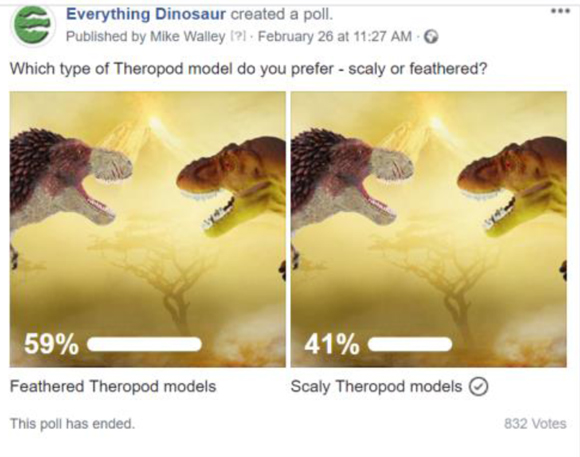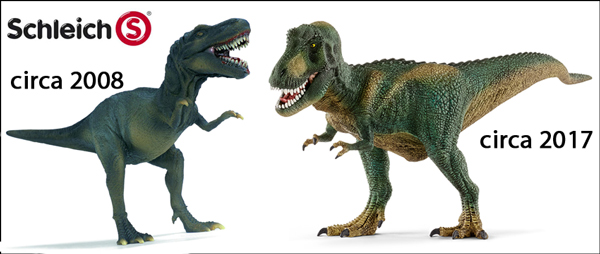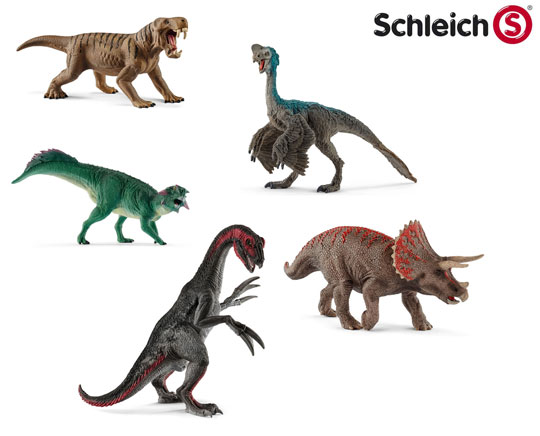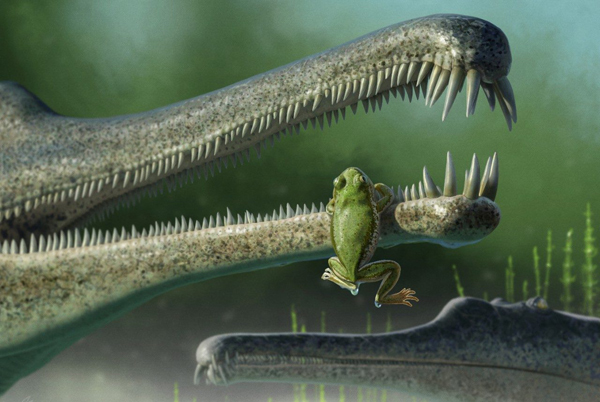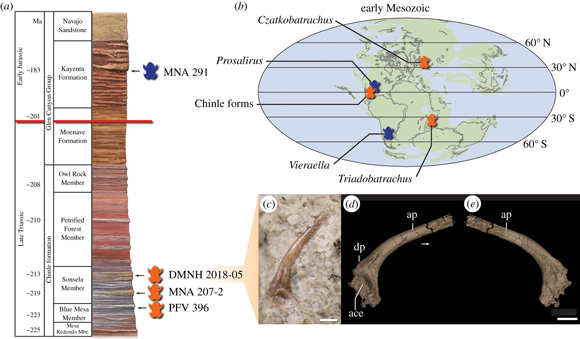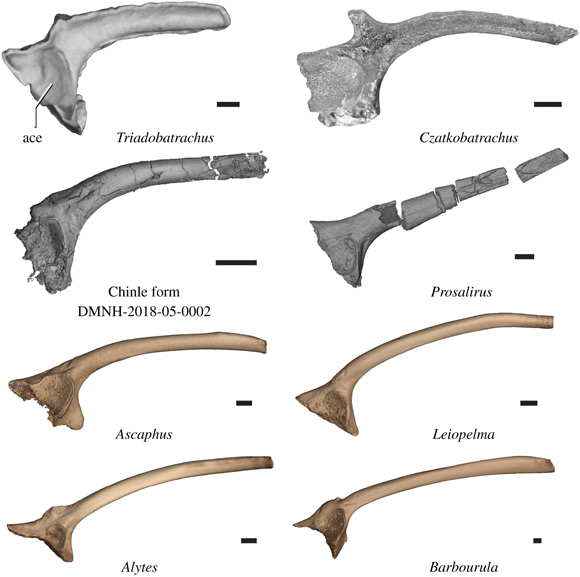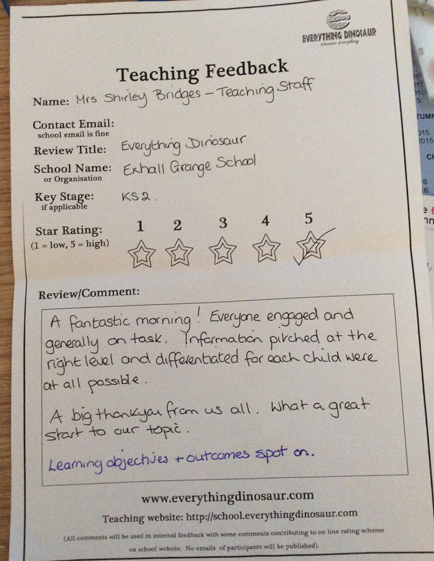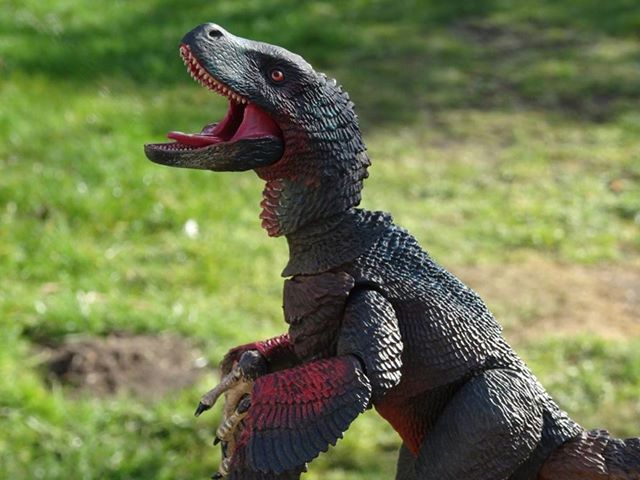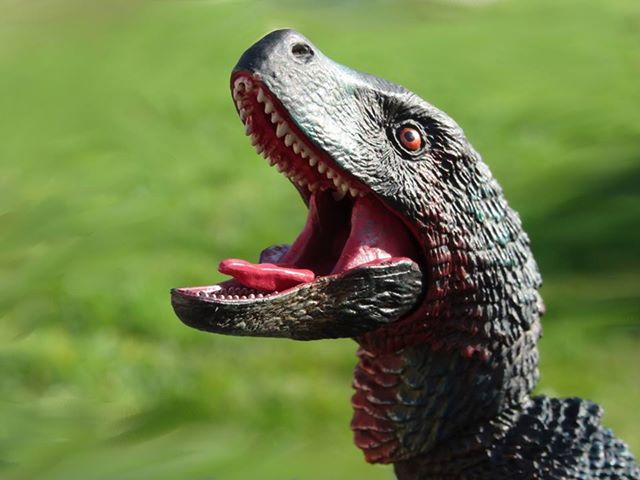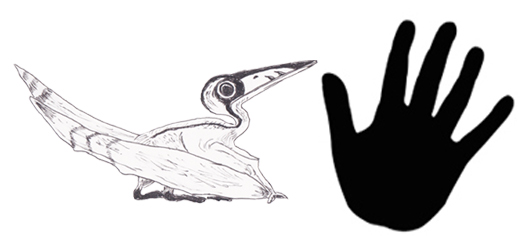Designing New Dinosaur Models is Rewarding Work
Designing Dinosaur Models
Designing dinosaur and prehistoric animal models is a tricky business. With the advent of three-dimensional printing technology and modelling software, things have got a little easier but there is still all the work involved in creating prototypes, mould building and so on. Today, we feature the Kaiyodo Sofubi Toy Box T. rex figure, a dinosaur model that was developed to demonstrate how scientific thinking regarding the stance of theropod dinosaurs such as Tyrannosaurus rex has changed over the last hundred years or so.
The Japanese model maker Kaiyodo has employed state-of-the-art modelling techniques to produce fantastic, highly collectable dinosaur models and figures. The design team excelled themselves when developing a collectable figure with ten points of articulation. Many models have an articulated lower jaw, but for the design team at Kaiyodo, doing the ordinary was out of the question, in their limited edition T. rex Toy Box figures, they opted for an articulated upper jaw instead.
Demonstrating the Articulated Upper Jaw on the Kaiyodo Sofubi Toy Box T. rex Figure
Video credit: Everything Dinosaur
Articulated Dinosaur Models
There has been a trend in recent years for dinosaur models to have articulated jaws and front limbs. One of the benefits of an articulated jaw for example, is this feature does permit collectors to be able to close the mouth of their figure. Many theropod dinosaur models tend to depict these animals with their mouth open, not a natural pose at all.
Most tetrapods don’t walk round all day with the jaws wide open. It is the lower jaw that is articulated in the vast majority of these figures. However, in order to demonstrate their engineering credentials, the design team at Kaiyodo gave their Sofubi Toy Box T. rex an articulated upper jaw (premaxilla and maxilla), as demonstrated in this short forty-five second video.
The Kaiyodo Sofubi Toy Box T. rex in “Kangaroo” Pose
Picture credit: Everything Dinosaur
From Kangaroo to a Balanced See-saw
When first scientifically described, Tyrannosaurus rex was illustrated as a biped whose tail dragged on the ground. The articulated tail of the Sofubi Toy Box T. rex permits the model to displayed in this position, a pose described as a “kangaroo pose” or sometimes a “kangaroo stance”. However, the ingenious engineering allows this figure to be displayed in what is thought to be a more anatomically accurate pose, with the centre of balance over the hips and the tail lifted off the ground – a sort of pose described as a “balanced see-saw”.
The Kaiyodo Sofubi T. rex Model in a “Balanced See-saw” Stance

Picture credit: Everything Dinosaur
When it comes to the engineering behind the design of dinosaur models, you have to hand it to Kaiyodo…
A Handy Dinosaur Model
To visit the Everything Dinosaur website: Everything Dinosaur.
The Kaiyodo Sofubi Toy Box T. rex figure is suitable for collectors from fifteen years and above and it can be found here: Kaiyodo Prehistoric Animal Models.



